What are the new features of B+? Take a look at the latest Pi comparison with the older generation.
In this article, we first look at the latest Raspberry Pi model 3B+ and some new and improved features, and more details have not yet been released.
Please note that the Raspberry Pi and operating system used in this article is a pre-release version, so some things may become clearer after the release.
First impression
The first thing you notice when you see Pi 3 B + is that the system-on-chip (SoC) is different, or at least it uses packages that are clearly different from 3B. After careful observation, we find that it marks BCM2837, so it seems that it should be basically the same as Broadcom SoC used in its predecessor. So why are there changes in the package? Use metal as a better heat conductor, which may suggest improved performance? Let's see!
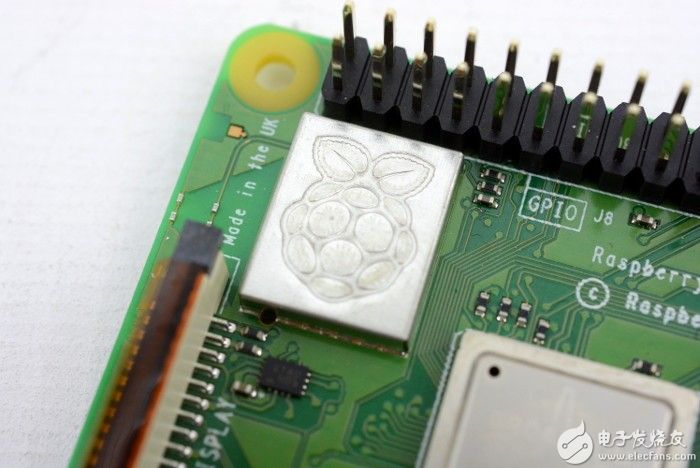
Speaking of metal, you'll see an interesting addition to the Raspberry Pi logo metal shield shell. The wireless IC under the board has disappeared, or at least moved away, representing at least an increase in EMC compatibility and may even be a new wireless device. . In addition, the chip antenna has disappeared and has been replaced with a PCB antenna design used on Zero W.
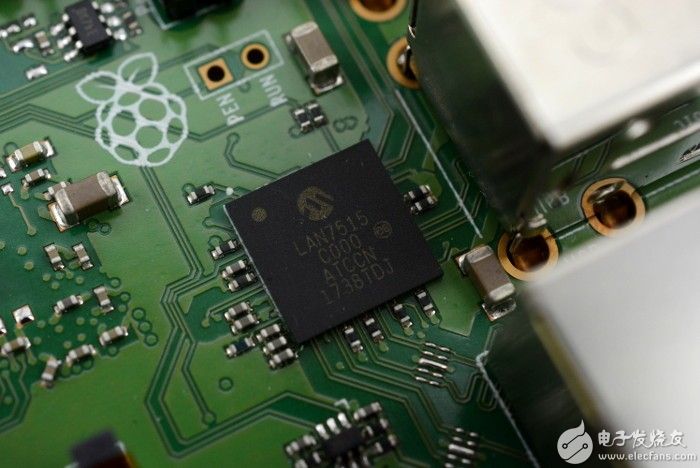
The wired network connection also seems to be upgraded. The LAN9514's integrated 4-port USB 2.0 hub and 10/100 Ethernet IC have been replaced with a LAN7515, an integrated 6-port USB 2.0 hub (4 available) and 10/100/1000 Ethernet. Although USB 2.0's theoretical maximum transfer speed is 480 Mbit/s, other features of the device include:
802.3az Energy Saving Ethernet
Jumbo Frames up to 9KB
Multiple automatic power saving modes
These should definitely benefit network-centric applications. For example, people seeking additional network performance will welcome jumbo frame support, such as when using network attached storage (NAS) and Pi as a server or client.
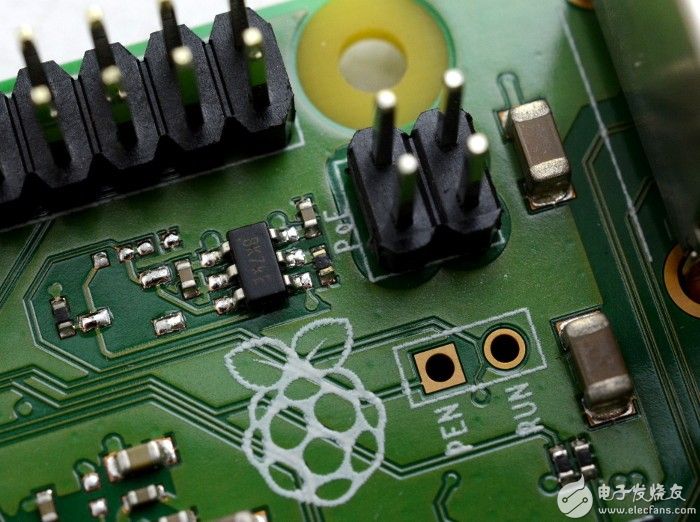
Wait, what's that - a new 4-pin connector labeled "PoE"!
Power over Ethernet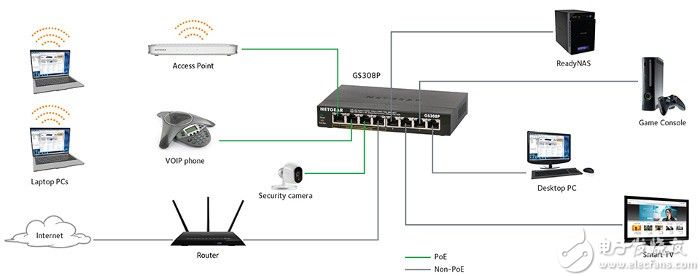
Typical PoE use.
Power over Ethernet (PoE) is a term used to describe both standard and ad hoc systems with twisted-pair cables that, along with data transfer power, are commonly used to power VoIP desk phones and remote CCTV cameras. Standard IEEE 802.3af (PoE) and 802.3at (PoE+) can provide up to 15.4W and 25.5W of power for each connected Powered Device (PD).
PoE network switches are used to provide power with "power injectors" that can be used with more basic switches. For example, the Netgear GS308P (121-8132) in the figure above provides four ports, each capable of providing 15.4W of power, and four non-powered ports.
A compliant system is capable of handling DC power reversed by a crossover cable, a powered device and power device (PSE) implementation mechanism to indicate the supported PoE category, and removing power when a non-compliant device is detected.
In short, PoE provides a very convenient way for remote network devices to provide power, and in some cases it may be located away from the switch 100M. At the time of this writing, it is unclear which PoE functions the Pi3 Model B+ will benefit from, although the 15.3W of 802.3af is sufficient for Pi plus HAT and most standard peripherals.
Take a closer look
Now let's look at the hardware in the operating system, or the earlier version of the operating system provided before the release.
If we start running lsusb , we can see the output on the Pi 3 Model B + above, which shows that the LAN7515 provides two hub controllers, while Pi 3B only has one, as shown below.

Next if we run lscpu.
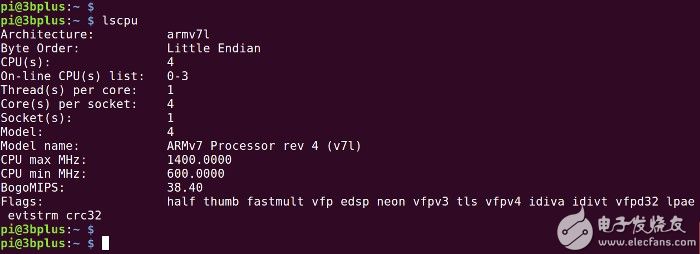
This is the same result we got on Pi 3 Model B - except that the maximum CPU frequency is 1400 instead of 1200! This is correct, up to 1.4 GHz without overclocking.
If we look at the CPU information through the proc file system:
Pi@3bplus:~ $ cat /proc/cpuinfoWe can ignore the hardware value because it is the SoC family, not the specific model, but we are interested in revising the revision.

This time we get a020d3, which is different from what we got with Pi3B.

Not surprisingly, the numbering of the new version was not disclosed in detail at the time of this writing. This, together with the new packaging and maximum CPU speed, shows that we do indeed have a new variant of the Broadcom SoC.
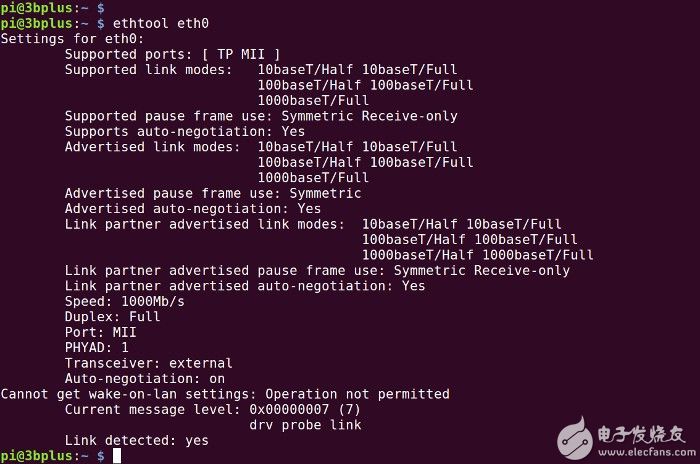
Using ethtool we can query the network driver and confirm that the LAN interface does support 1000BaseT as the media type.
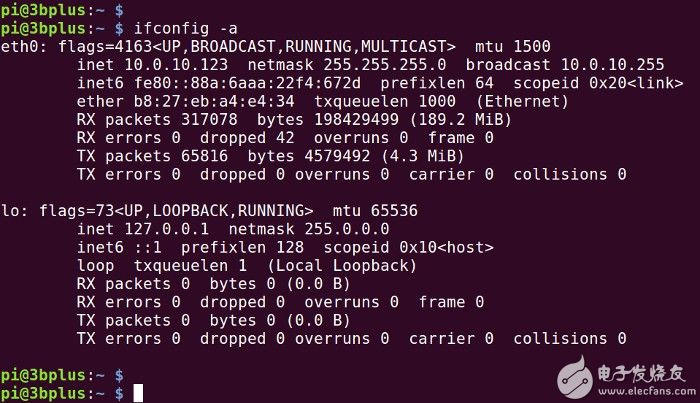
We couldn't check the wireless network in more detail because O/S could not detect this using the pre-release image, but this seems to indicate that it is actually a new device.
Baseline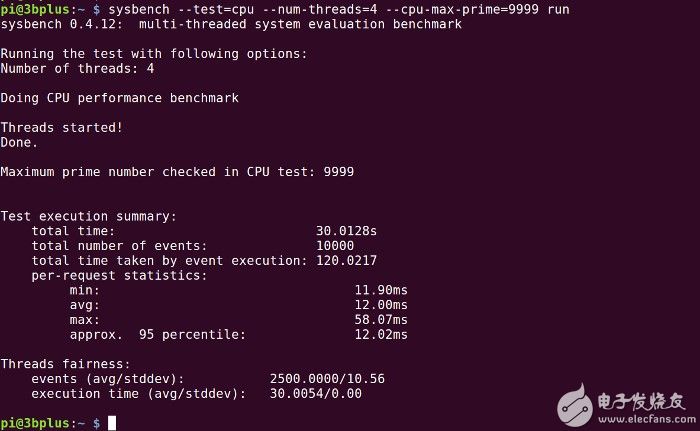
We can use sysbench to run a simple CPU benchmark and see how long it takes to verify the prime number.
$ sysbench --test=cpu --num-threads=4 --cpu-max-prime=9999 run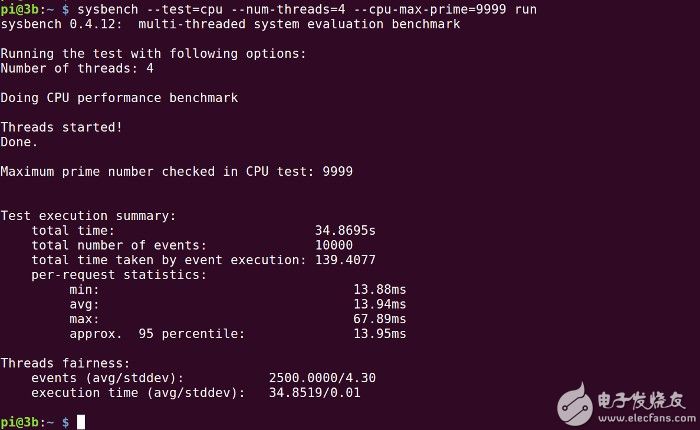
Here we can see that B completed the mission in about 35 seconds, and B + completed the mission in 30 seconds, this speed increased by about 15%, and it is in line with the clock speed increase.
Since the actual CPU MHz is dynamically scaled according to the load, we can check the current speed by running in the second terminal window:
$ watch -n 1 cat /sys/devices/system/cpu/cpu0/cpufreq/scaling_cur_freqThis was done on both systems, confirming that Pi 3 Model B was idling from 600 MHz to 1.2 GHz, while the new B + went from 600 MHz to 1.4 GHz.
This is enough to satisfy our curiosity. Undoubtedly, with the circulation of hardware, others will release more detailed benchmark test reports and analysis.
initial thoughtIt's always welcome to improve performance, and although there are always products that look for additional processing power or network throughput, Power over Ethernet is almost certainly the hottest feature of the Raspberry Pi 3 Model B +. It may initially look like a niche, but the benefits of running a device that can transport network and power over a single cable will not be underestimated, and will not cause confusion in the power and power lines.
Of course, you can purchase separate “power splitters†and PoE add-on devices for the Raspberry Pi, but nothing beats tightly integrated solutions, and this feature may create more exciting, interesting, and practical projects. And at its core there is a neat combination of networking and power transmission.
Shenzhen Hengstar Technology Co., Ltd. , https://www.angeltondal.com